Home>Interior Design>Home Office Ideas: 55 Rooms That Are Smart And Practical
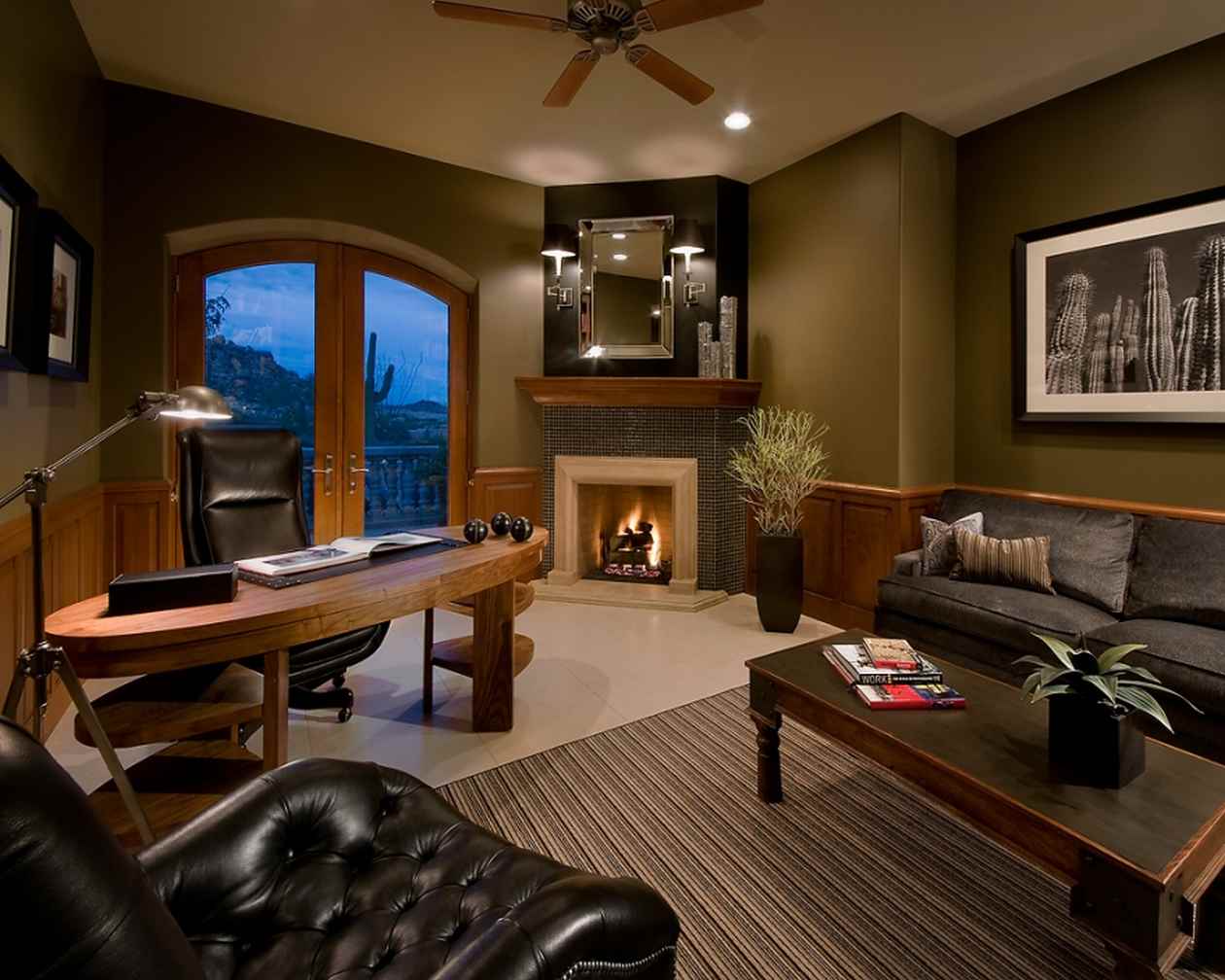

Interior Design
Home Office Ideas: 55 Rooms That Are Smart And Practical
Modified: September 1, 2024
Discover smart and practical home office ideas with these 55 interior design rooms. Transform your workspace into a functional and stylish environment.
(Many of the links in this article redirect to a specific reviewed product. Your purchase of these products through affiliate links helps to generate commission for Storables.com, at no extra cost. Learn more)
Introduction
Welcome to the world of home offices – a space where productivity meets comfort and style. With the rise of remote work and freelance opportunities, creating a home office that is smart, practical, and inspiring has become more important than ever. Whether you have a dedicated room or a small corner in your living space, designing a home office that fits your needs and aesthetic preferences is not only achievable but also essential for a productive work environment.
Designing the perfect home office involves careful consideration of factors such as space, furniture, lighting, storage, and personalization. It’s about creating a workspace that inspires creativity, boosts motivation, and fosters efficiency. In this article, we will explore a wide range of home office ideas that cater to different preferences, work styles, and room sizes. From small and compact offices to spacious and multi-functional workspaces, you will find inspiration to transform your home office into a space that reflects your personality and enhances your productivity.
Whether you are a freelancer, an entrepreneur, or someone who occasionally works from home, having a designated area where you can focus and be productive is crucial. Not only does a well-designed home office increase your efficiency, but it also helps separate your work life from your home life, creating a healthy work-life balance.
As we delve into the world of home offices, we will explore various aspects of creating a functional and visually pleasing workspace. We will discuss the importance of choosing the right space for your home office, the essential furniture and equipment you need, and tips for creating a productive environment. We will also explore efficient storage solutions, strategies for maximizing functionality, and ways to personalize your workspace to make it truly yours.
Additionally, we will look at design ideas for different room sizes, ranging from small home offices to large and shared workspaces. We will dive into various design styles, including traditional, modern, and creative, and discuss how to incorporate them into your home office design. Along the way, we will draw inspiration from real home offices, share before and after transformations, and provide expert tips to guide you in designing your ideal workspace.
So, whether you are starting from scratch or looking to revamp your current home office, this article has got you covered. Let’s embark on a journey to discover the possibilities of home office design and create a space where you can thrive professionally and feel inspired every day.
Key Takeaways:
- Designing a home office involves choosing the right space, essential furniture, and creating a productive environment. Efficient storage, maximizing functionality, and personalization are crucial for a successful workspace.
- Tailoring your home office to your work style and room size is essential. Real-life examples and expert tips provide valuable inspiration for creating a functional and inspiring workspace.
Choosing the Right Space
When designing a home office, the first step is to choose the right space for your workspace. There are several factors to consider in this process, including the purpose of your home office, the available space in your home, and the presence of natural light and a good view. Let’s explore these factors in more detail.
Determining the Purpose of Your Home Office: Before selecting a space for your home office, it’s crucial to determine its purpose. Are you primarily using it for work-related tasks, such as remote work or running a business? Or do you need a creative space for pursuing hobbies or side projects? By understanding the purpose of your home office, you can tailor the design and layout to meet your specific needs and preferences.
Assessing Available Space: Once you have identified the purpose of your home office, assess the available space in your home. Identify a room or area that can be dedicated solely to your work. Consider factors such as the size of the space, its proximity to other areas of your home, and whether it offers the privacy and quietness you require. It is important to choose a space where you can separate your work life from your personal life, allowing for maximum concentration and productivity.
Considering Natural Light and View: Natural light and a good view can significantly impact your work environment. Look for a space that has access to ample natural light, as it can boost your mood and productivity. A room with windows that offer a view of nature or a pleasant surroundings can also provide a refreshing and calming atmosphere. If natural light is limited, consider incorporating artificial lighting options that mimic natural light to create an uplifting and energizing ambiance.
By carefully choosing the right space for your home office, you can create a conducive environment that supports your work goals and enhances your overall well-being. Take the time to assess your needs, evaluate available spaces, and consider the importance of natural light and a good view. This will lay the foundation for a successful home office design that caters to your unique requirements.
Essential Furniture and Equipment
To create a functional and comfortable home office, it’s crucial to invest in essential furniture and equipment. These items will not only enhance your productivity but also contribute to a healthy and ergonomic work environment. Let’s explore some of the key elements to consider:
Ergonomic Desk and Chair: A high-quality, ergonomic desk and chair are essential for maintaining proper posture and reducing the risk of discomfort or injury during long hours of work. Look for a desk that provides ample workspace and has adjustable height options to suit your needs. Pair it with an ergonomic chair that offers good lumbar support, adjustable features, and comfortable padding to ensure optimal sitting posture and comfort.
Storage Solutions: An organized and clutter-free workspace promotes efficiency and productivity. Incorporate storage solutions that suit your needs, such as filing cabinets, shelves, and drawers, to keep your documents, supplies, and equipment within reach. Consider both open and closed storage options to accommodate different items and maintain an uncluttered environment.
Proper Lighting: Good lighting is crucial for reducing eye strain and maintaining focus. Place your desk near a window to take advantage of natural light during the day. Supplement it with task lighting, such as a desk lamp or overhead lighting, to ensure sufficient illumination for your work area. Consider adjustable lighting options to control brightness levels based on your task requirements and the time of day.
Quality Technology and Gadgets: In today’s digital age, having reliable technology and gadgets is essential for a smooth workflow. Invest in a high-speed internet connection, a reliable computer or laptop, and a printer/scanner if necessary. Additionally, consider other devices and tools specific to your work, such as a second monitor, wireless keyboard and mouse, noise-canceling headphones, and a whiteboard or digital note-taking device to aid in organization and productivity.
By prioritizing ergonomic furniture, efficient storage solutions, adequate lighting, and high-quality technology, you will create a home office that supports your work goals and fosters a comfortable and productive work environment. Take the time to research and invest in these essential items, as they will play a significant role in shaping your overall workspace experience.
Creating a Productive Environment
Designing a home office that fosters productivity goes beyond just having the right furniture and equipment. It’s important to consider elements such as color scheme and decor, noise reduction strategies, effective organization techniques, and inspiring and motivating elements. Let’s dive deeper into these factors:
Color Scheme and Decor: The colors and decor in your home office can have a significant impact on your mood and productivity. Choose a color scheme that promotes focus and creativity, such as calming blues, energizing yellows, or earthy greens. Incorporate decor elements that inspire you, whether it’s artwork, motivational quotes, or plants. Strike a balance between a visually appealing space and a distraction-free environment.
Noise Reduction Strategies: Noise distractions can hinder concentration and productivity. Consider implementing strategies to minimize noise in your home office. Use earplugs or noise-canceling headphones to block out external sounds. If you have a noisy household, consider using white noise machines or playing instrumental music to create a soothing and focused environment. Additionally, using soundproofing materials such as acoustic panels or carpets can help absorb and reduce noise levels.
Effective Organization Techniques: A well-organized workspace is essential for staying focused and efficient. Invest in desk organizers, storage containers, and labeling systems to keep your supplies and documents sorted and easily accessible. Use digital tools such as calendar apps or project management software to maintain a structured workflow and track your tasks and deadlines. Regularly declutter and tidy up your workspace to create a clean and inviting environment.
Inspiring and Motivating Elements: Surround yourself with elements that inspire and motivate you in your home office. Display personal items, such as photos or mementos, that remind you of your goals and successes. Incorporate elements that reflect your interests and hobbies, such as a vision board or a bookshelf with your favorite books. Consider adding plants or natural elements to bring a sense of tranquility and fresh energy to your workspace.
By consciously designing your home office with a thoughtfully chosen color scheme and decor, implementing noise reduction strategies, organizing your workspace effectively, and incorporating inspiring elements, you can create an environment that promotes focus, creativity, and productivity. Experiment with different techniques and personalize your workspace to make it a place where you feel motivated and empowered to accomplish your goals.
Efficient Storage Solutions
Efficient storage solutions are vital for maintaining an organized and clutter-free home office. By utilizing smart storage options, you can maximize your workspace and create an environment conducive to productivity. Here are some effective storage solutions to consider:
Wall-Mounted Shelves and Cabinets: Utilize the vertical space in your home office by installing wall-mounted shelves and cabinets. This not only provides additional storage but also keeps your workspace clear and free from clutter. Invest in sturdy and functional shelves and cabinets that can accommodate books, folders, decorative items, and other essentials.
Vertical Space Utilization: Make the most of your vertical space by using tall bookcases or storage units that reach from floor to ceiling. This allows you to store a large number of items while minimizing the footprint in your home office. Organize the shelves based on your needs, keeping frequently used items within easy reach and less frequently used items higher up.
Creative File Organization: File organization is crucial for keeping your paperwork and documents in order. Consider using file organizers, magazine holders, or binder systems to categorize and store papers. Use labels to clearly mark each category, making it easier to locate documents when needed. Digitize important papers whenever possible to reduce physical clutter.
Concealed Storage Options: Create a sleek and organized workspace by incorporating concealed storage options. Furniture items such as desks, drawers, or cabinets with integrated storage compartments can help keep your supplies and equipment out of sight while still easily accessible. This not only provides a clean and streamlined look but also minimizes distractions and promotes focus.
When selecting storage solutions, consider your specific needs and the available space in your home office. Assess the types of items you need to store and the frequency of their use. By strategically incorporating wall-mounted shelves and cabinets, utilizing vertical space, organizing your files creatively, and opting for concealed storage options, you can optimize your home office storage and create a productive and tidy workspace.
Maximizing Functionality
A highly functional home office goes beyond just having the right furniture and storage solutions. It’s about maximizing the usability and productivity of your workspace. Here are some ways to enhance functionality in your home office:
Multi-Purpose Furniture: Consider investing in multi-purpose furniture to make the most of your space. Look for desks or tables with built-in storage compartments or convertible options that can be easily adjusted to accommodate different tasks. Choose chairs that offer both comfort and mobility, allowing you to move easily between workstations or meeting areas.
Adjustable Workstations: Ergonomics play a crucial role in maintaining a healthy and comfortable workspace. Adjustable workstations, such as standing desks or adjustable monitor mounts, allow you to switch between sitting and standing positions throughout the day. This promotes better posture, reduces the risk of musculoskeletal issues, and improves focus and productivity.
Incorporating Plants and Greenery: Adding plants and greenery to your home office has numerous benefits. Not only do plants improve air quality and reduce stress levels, but they also enhance the overall aesthetic appeal of the workspace. Consider placing small potted plants or a vertical garden near your desk or incorporating larger plants in the corners of the room. This connection with nature can invigorate your senses and create a refreshing environment.
Smart Automation and Connectivity: Embrace smart technology to streamline your home office operations. Invest in smart lighting systems that can be controlled through voice commands or mobile apps, allowing you to adjust the brightness and color temperature effortlessly. Use smart plugs to automate the powering on and off of devices. Additionally, ensure a strong and reliable internet connection for seamless connectivity and smooth workflow.
By incorporating multi-purpose furniture, adjustable workstations, plants and greenery, and smart automation and connectivity, you can maximize the functionality of your home office. These additions will not only enhance your productivity but also create a versatile and enjoyable workspace that adapts to your needs.
When setting up a home office, prioritize natural light and ergonomic furniture to create a productive and comfortable workspace.
Personalizing Your Home Office
Your home office is not only a functional workspace but also a reflection of your personality and style. By personalizing your home office, you can create a space that not only inspires creativity but also provides comfort and motivation. Here are some ways to infuse your personal touch into your workspace:
Displaying Personal Items and Inspiration: Surround yourself with personal items that hold special meaning and inspire you. Display photographs of loved ones, travel souvenirs, or items that represent your hobbies and passions. These personal touches can bring warmth and nostalgia to your workspace and serve as a reminder of what matters most to you.
Adding Artwork and Decorative Elements: Enhance the aesthetics of your home office by incorporating artwork and decorative elements. Choose artwork that resonates with you, whether it’s a painting, a print, or a motivational poster. Consider adding decorative items such as vases, figurines, or sculptures that reflect your taste and create visual interest.
Customizing the Space to Reflect Your Style: Make your home office a true reflection of your personal style by customizing its design elements. Choose furniture and decor that align with your preferred aesthetic, whether it’s modern, rustic, minimalist, or eclectic. Pay attention to details such as color schemes, textures, and patterns to create a cohesive look that resonates with your taste.
Creating a Comfortable and Inspiring Atmosphere: Prioritize comfort in your home office by selecting ergonomic furniture, incorporating soft cushions or pillows on chairs, and using cozy rugs or mats. Create an inspiring atmosphere by considering the lighting, scent, and sound. Use natural light whenever possible, add a soothing fragrance with candles or diffusers, and curate a playlist of calming or motivational music to enhance your focus and productivity.
By personalizing your home office, you can infuse it with your unique personality and create a space that truly feels like your own. Incorporate personal items and inspiration, add artwork and decorative elements, customize the design to reflect your style, and prioritize comfort and inspiration. By doing so, you will not only enjoy spending time in your home office but also feel inspired and motivated to excel in your work.
Design Ideas for Different Room Sizes
Designing a home office that suits your space can be a rewarding challenge. The size of your room will determine the layout and furniture choices you can make. Here are some design ideas tailored to different room sizes:
Small Home Offices: In a small space, prioritize functionality and efficient use of every inch. Opt for space-saving furniture, such as a compact desk with built-in storage or a wall-mounted desk that folds down when not in use. Utilize vertical space with floating shelves or wall-mounted cabinets for storage. Choose a light color palette to create a sense of openness, and use mirrors to visually expand the room. Maximize natural light by placing your desk near a window, and consider using curtains or blinds that allow light to pass through while maintaining privacy.
Medium-Sized Home Offices: With more room to work with, you can incorporate additional storage and furniture options. Consider a larger desk with ample workspace and drawers or shelves for storage. Include a comfortable seating area, such as a cozy reading nook or a small sofa, to provide a space for relaxation or client meetings. Separate zones within the room by using dividers or strategically placed furniture to create distinct areas for different tasks. Incorporate a mix of ambient, task, and accent lighting to create a well-lit and inviting atmosphere.
Large Home Offices: In a larger space, you have the opportunity to create a more spacious and luxurious home office. Consider a larger executive desk or a U-shaped desk layout for ample workspace. Incorporate additional seating options such as a conference table and chairs for meetings or collaborative work. Designate separate areas for different functions, such as a reading corner, a storage area, or a relaxation zone with comfortable seating and a coffee table. Experiment with different textures, materials, and statement pieces to add visual interest and create a sophisticated ambiance.
Shared Home Offices: If you share your home office with a partner or family member, it’s important to incorporate elements that cater to both individuals. Opt for a larger desk or separate workstations, ensuring each person has enough space to work comfortably. Use dividers or bookshelves to create separate zones for privacy and concentration. Incorporate storage solutions that allow for personal organization and keep items separate. Consider shared seating areas, such as a communal table or a comfortable sofa, for discussions or brainstorming sessions.
Remember that regardless of the room size, decluttering and organizing your workspace are essential for maintaining a productive and pleasant environment. Carefully choose furniture and accessories that suit your needs and style, making the most of the available space. By tailoring your design to the specific room size, you can create a home office that maximizes functionality, aesthetics, and comfort.
Home Office Design for Various Work Styles
Everyone has different work styles and preferences when it comes to their workspace. Designing a home office that aligns with your work style can enhance productivity and create an environment that supports your needs. Here are some design ideas for different work styles:
Traditional and Formal Work Settings: If your work style is more traditional or formal, aim for a classic and sophisticated design. Choose a desk with clean lines and a polished finish. Opt for a traditional office chair with high-quality upholstery and ergonomic support. Use rich, dark woods for furniture and add elements like leather accents or brass details. Incorporate bookshelves or a credenza for storage and display of professional materials. Consider traditional artwork or framed diplomas to create an atmosphere of professionalism and prestige.
Modern and Contemporary Designs: For those with a modern and contemporary work style, focus on sleek and minimalist designs. Choose a desk with a minimalist design and clean lines, preferably made from materials like glass or metal. Incorporate a comfortable yet stylish ergonomic chair. Use neutral color palettes and incorporate pops of bold hues or metallic accents for visual interest. Opt for storage solutions with a modern aesthetic, such as floating shelves or wall-mounted cabinets. Minimalist artwork and geometric shapes can further enhance the contemporary atmosphere.
Creative and Artistic Workspaces: If you have a creative or artistic work style, design your home office to inspire and stimulate your imagination. Choose a desk with ample workspace and consider unconventional shapes or materials. Incorporate vibrant colors and patterns in your furniture, walls, or accessories. Include open shelving for easy access to creative supplies and materials. Display your own artwork or incorporate decorative elements that reflect your artistic taste. Create a space that allows for flexibility and experimentation, such as movable furniture or a designated creative corner for painting or crafting.
Compact and Minimalistic Offices: For those working in smaller spaces or who prefer a clutter-free environment, a compact and minimalistic design is ideal. Choose a space-saving desk, such as a wall-mounted or folding desk, that can be easily tucked away when not in use. Utilize vertical space with floating shelves or wall-mounted organizers for storage. Opt for a chair with a slim profile or consider using a standing desk to save space. Use a neutral color palette to create a clean and calming atmosphere, and focus on efficient and smart organization systems to maximize storage and minimize clutter.
Remember, the key to designing your home office is to align it with your work style and preferences. Consider the design elements and aesthetics that inspire and motivate you in your work. Whether you prefer a traditional and formal setting, a modern and contemporary design, a creative and artistic space, or a compact and minimalistic environment, create a home office that reflects your unique work style and empowers you to do your best work.
Inspiration from Real Home Offices
Real-life examples can provide valuable inspiration when designing your own home office. Let’s explore different sources of inspiration from real home offices:
Case Studies of Successful Home Offices: Study successful home offices to understand what makes them effective. Look for case studies showcasing different design styles, layouts, and organization techniques. Analyze how these spaces are optimized for productivity and efficiency. Take note of the furniture, storage solutions, and decor choices that contribute to the success of these home offices.
Before and After Home Office Transformations: Before and after transformations offer a visual journey of how a space can be completely transformed into an efficient and inspiring home office. Browse through examples of home office makeovers to get ideas on space utilization, color schemes, furniture arrangements, and storage solutions. Pay attention to the small details that make a big difference in the overall functionality and aesthetics of the office.
Home Office Design Tips from Experts: Experts in interior design or professional organizers often share their insights and tips for creating an ideal home office. Look for articles, blogs, or videos where experts discuss the best practices for designing a functional and visually appealing workspace. They may provide advice on furniture selection, lighting, color schemes, storage solutions, and organization techniques. Incorporate these expert tips into your own design to enhance the functionality and aesthetic value of your home office.
Real home offices provide tangible examples of what can be achieved in terms of design, organization, and productivity. By studying case studies of successful home offices, exploring before and after transformations, and implementing expert tips, you can gain valuable insights and create a workspace that is tailored to your needs and preferences. Remember to adapt these inspirations to your own style and requirements, making your home office a space that truly reflects you.
Conclusion
Designing a home office that is both functional and inspiring is essential for today’s remote workers and freelancers. By carefully considering factors such as space, furniture, lighting, storage, and personalization, you can create a workspace that not only enhances productivity but also reflects your unique style and preferences.
Choosing the right space for your home office is the first step. Determine its purpose, assess available space, and consider the importance of natural light and a good view. Next, invest in essential furniture and equipment, such as an ergonomic desk and chair, storage solutions, proper lighting, and quality technology and gadgets.
Creating a productive environment involves thoughtfully selecting a color scheme and decor, implementing noise reduction strategies, using effective organization techniques, and adding inspiring and motivating elements. Efficient storage solutions, such as wall-mounted shelves and cabinets, vertical space utilization, creative file organization, and concealed storage options, help keep your workspace organized and clutter-free.
To maximize functionality, consider multi-purpose furniture, adjustable workstations, incorporating plants and greenery, and using smart automation and connectivity. Personalizing your home office with personal items and inspiration, artwork and decorative elements, customizing the space to reflect your style, and creating a comfortable and inspiring atmosphere makes it a space you truly enjoy.
Design ideas for different room sizes offer suggestions for small, medium-sized, large, and shared home offices, ensuring that you can optimize your space regardless of its dimensions. Additionally, considering your work style when designing your home office allows you to tailor it to your specific needs and preferences. Whether you prefer a traditional, modern, creative, or minimalistic design, your workspace should accommodate your work style and inspire productivity.
Take inspiration from real home offices through case studies, before and after transformations, and expert tips. Analyze successful examples, adapt them to your own needs, and incorporate the best practices into your design. Personalize your home office to make it a place that reflects your personality, fosters creativity, and supports your work goals.
In conclusion, designing a home office is an opportunity to create a space that seamlessly blends functionality, comfort, and style. By paying attention to the details, infusing your personal touch, and considering the requirements of your work style, you can transform your home office into a productive and inspiring sanctuary where you can thrive professionally.
References
1. Cushman, J. (2021). Home office ideas: 55 rooms that are smart and practical. Retrieved from https://www.realhomes.com/design/home-office-ideas.
2. Liew, S. (2020). How to create an inspiring home office. Retrieved from https://www.thespruce.com/create-an-inspiring-home-office-5092705.
3. Mitchell, N. (2021). 25 small home office ideas that are great for small spaces. Retrieved from https://www.architecturaldigest.com/gallery/small-home-office-ideas.
4. Thomas, H. (2020). Home office ideas: How to create an inspiring workspace in any home. Retrieved from https://www.homestratosphere.com/home-office-ideas/.
5. Williams, C. (2021). 20 ways to maximize space in a small home office. Retrieved from https://www.thespruce.com/small-home-office-space-saving-ideas-4684272.
6. Zillow. (n.d.). Home is where the office is: How to create your perfect home office space. Retrieved from https://www.zillow.com/blog/home-office-designs-163100/.
Please note that the above references provide valuable information and inspiration for designing a home office. It’s important to refer to multiple sources and adapt the ideas and suggestions to suit your individual needs and preferences.
After exploring savvy home office setups, why not dive into the future of residential tech? Our next feature delves into the latest trends in home automation, perfect for anyone eager to streamline daily tasks and boost home efficiency. Ready for a sneak peek into how cutting-edge technology can transform your living space?
Frequently Asked Questions about Home Office Ideas: 55 Rooms That Are Smart And Practical
Was this page helpful?
At Storables.com, we guarantee accurate and reliable information. Our content, validated by Expert Board Contributors, is crafted following stringent Editorial Policies. We're committed to providing you with well-researched, expert-backed insights for all your informational needs.
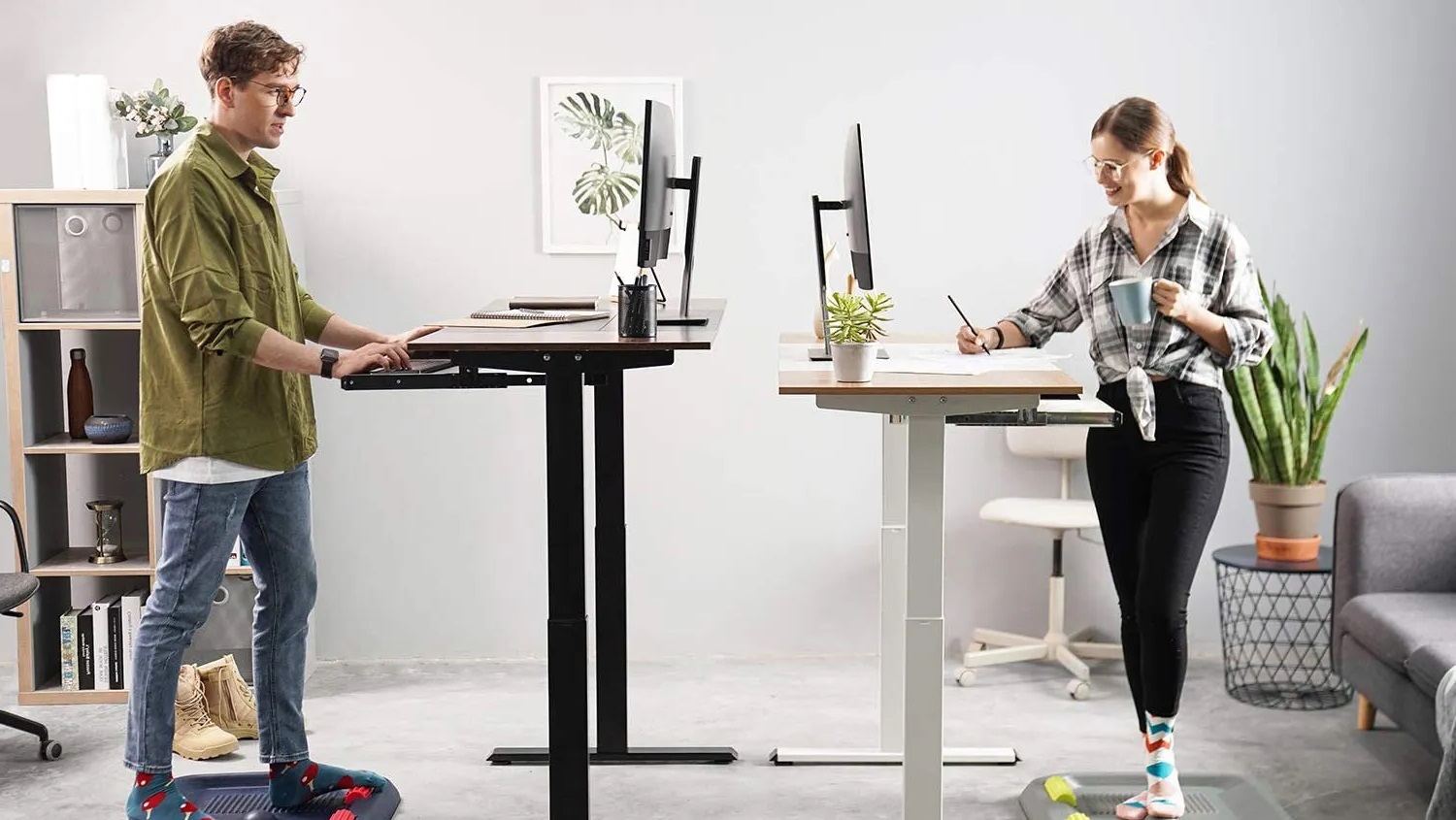
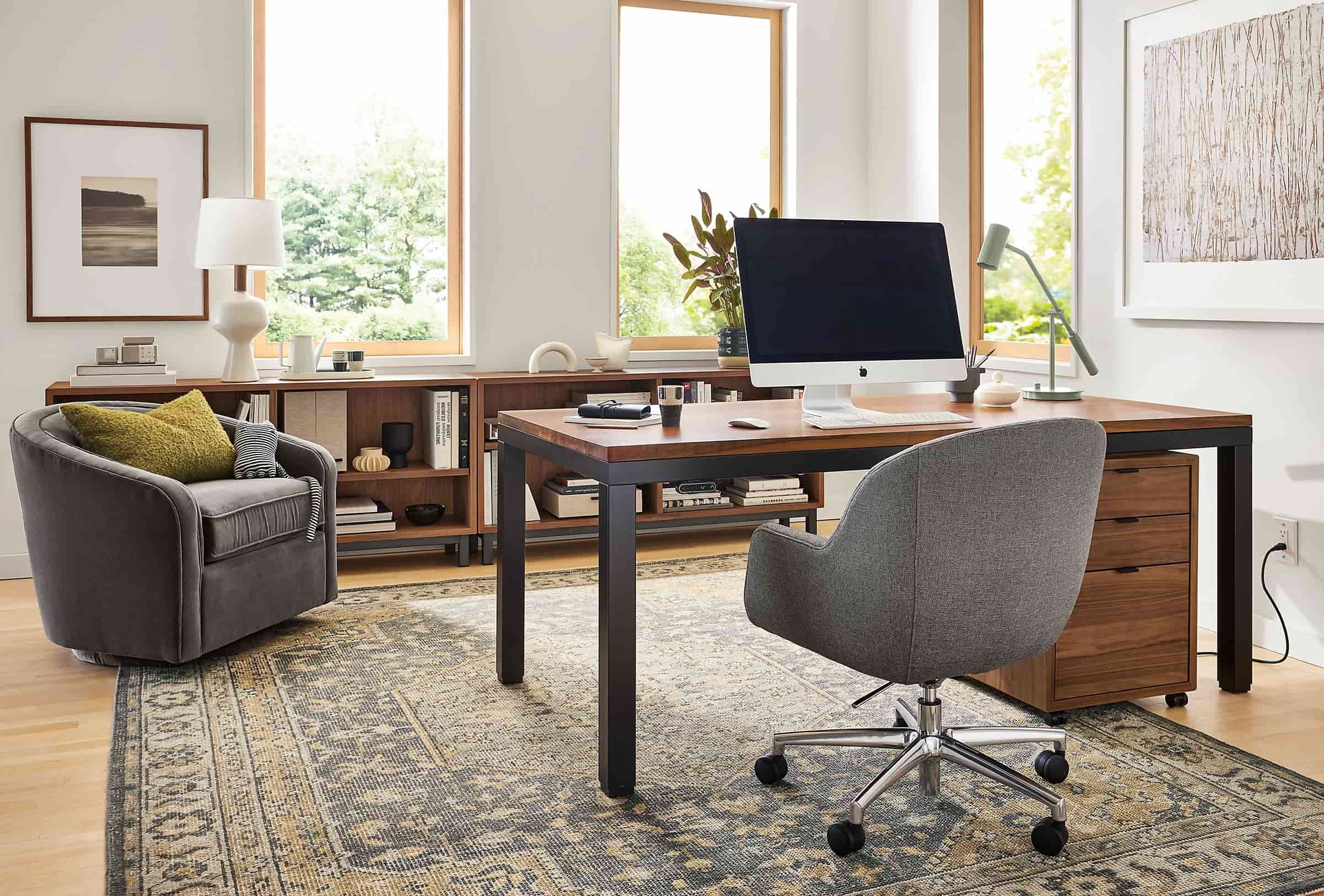
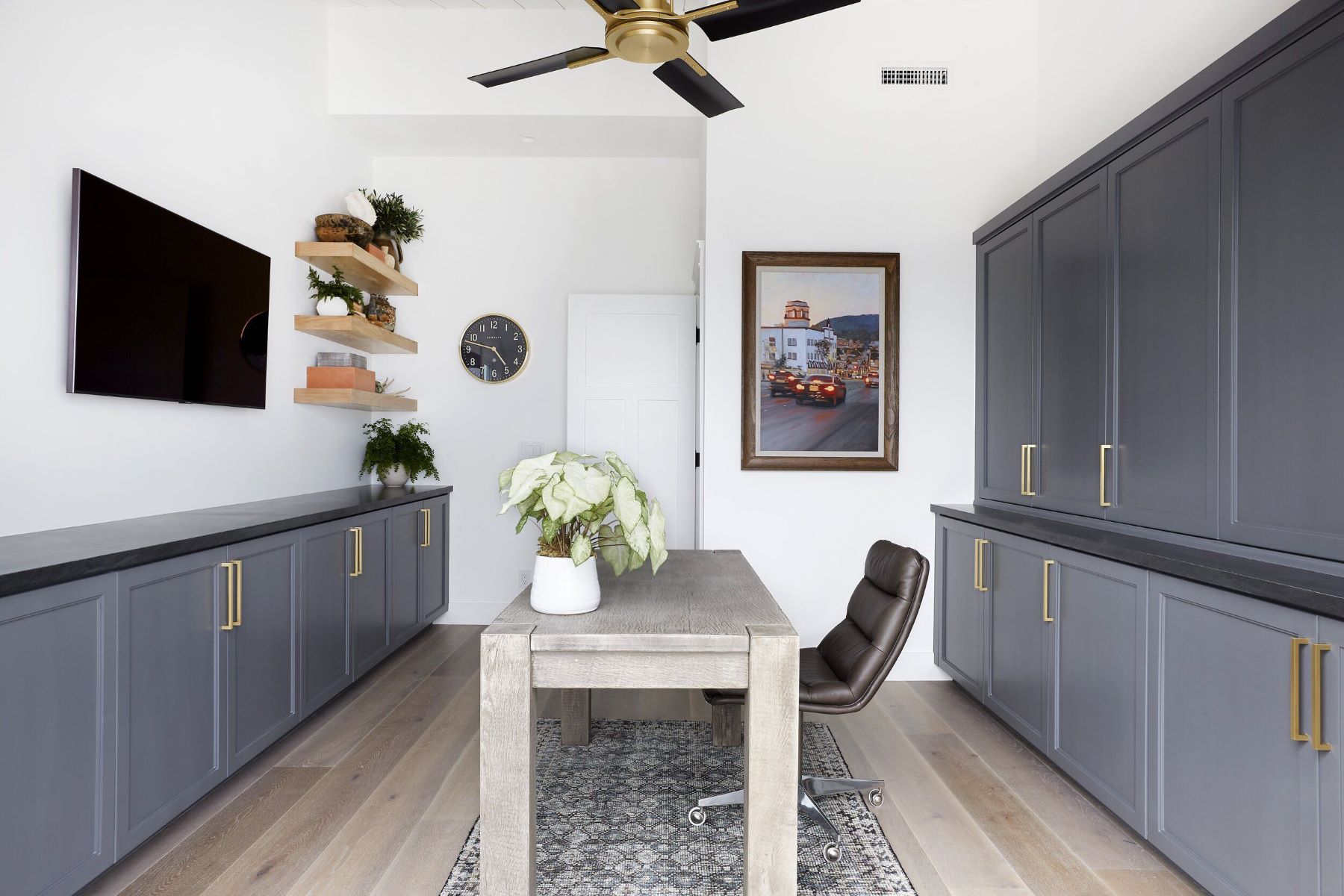
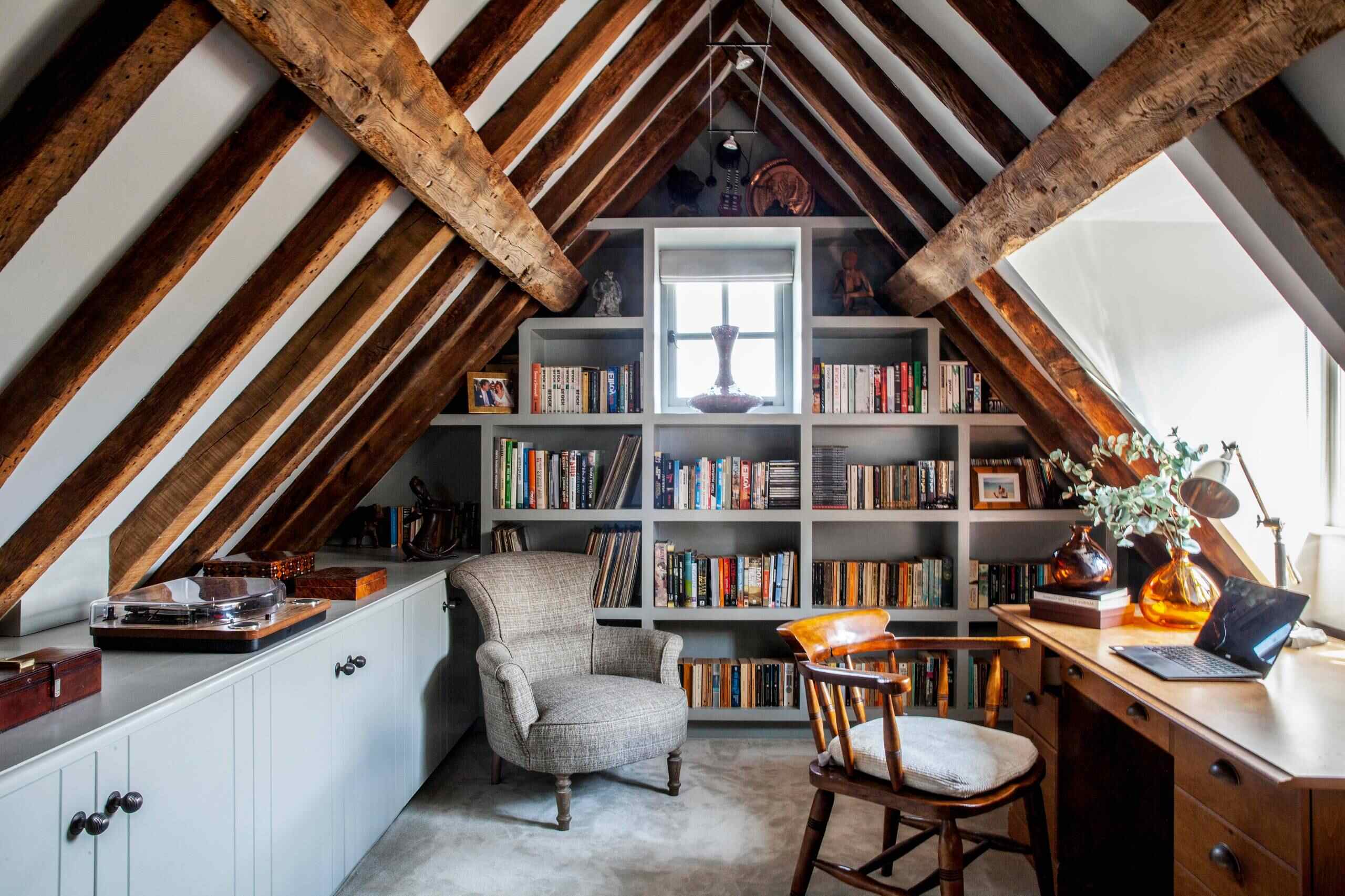
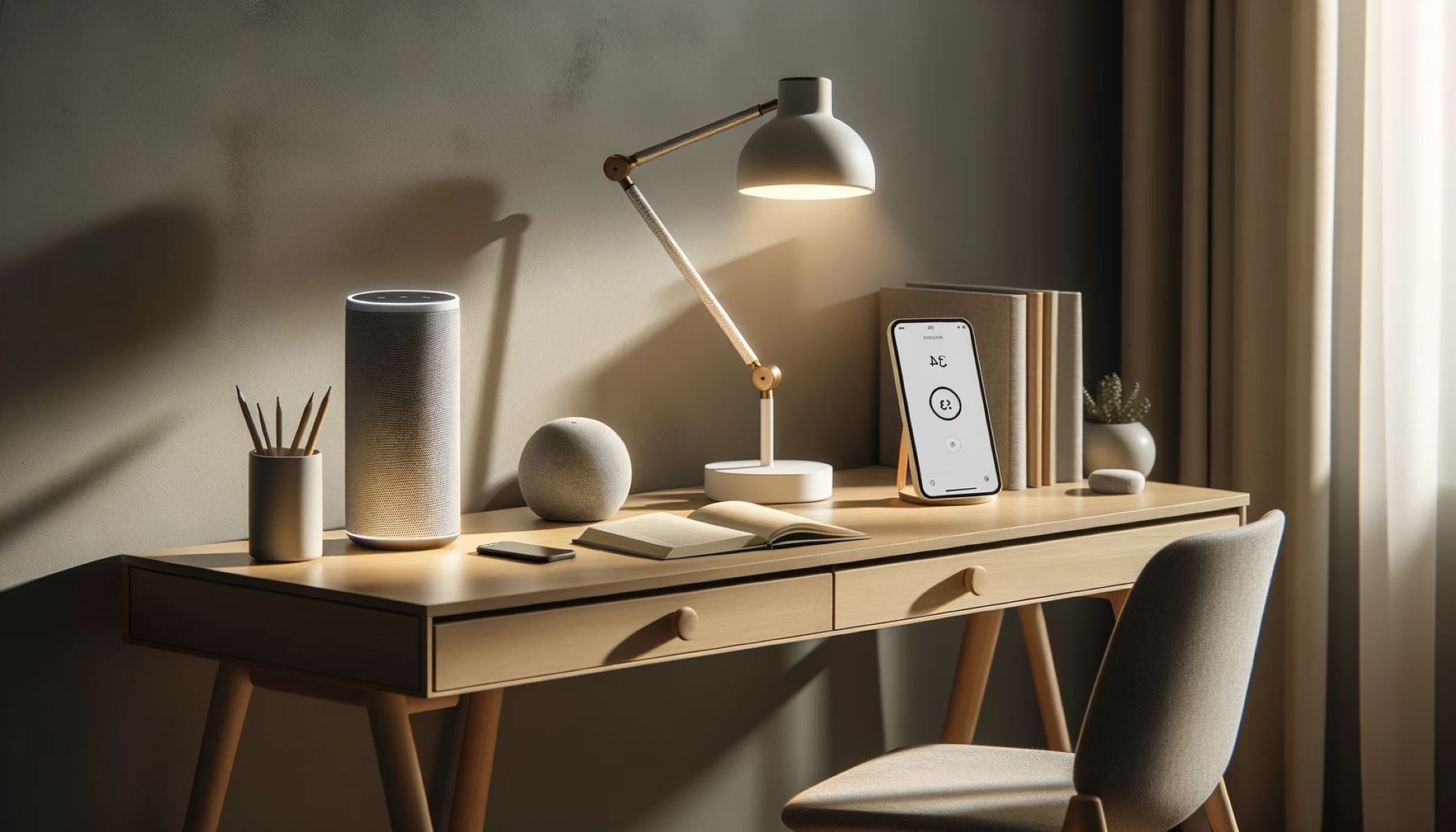
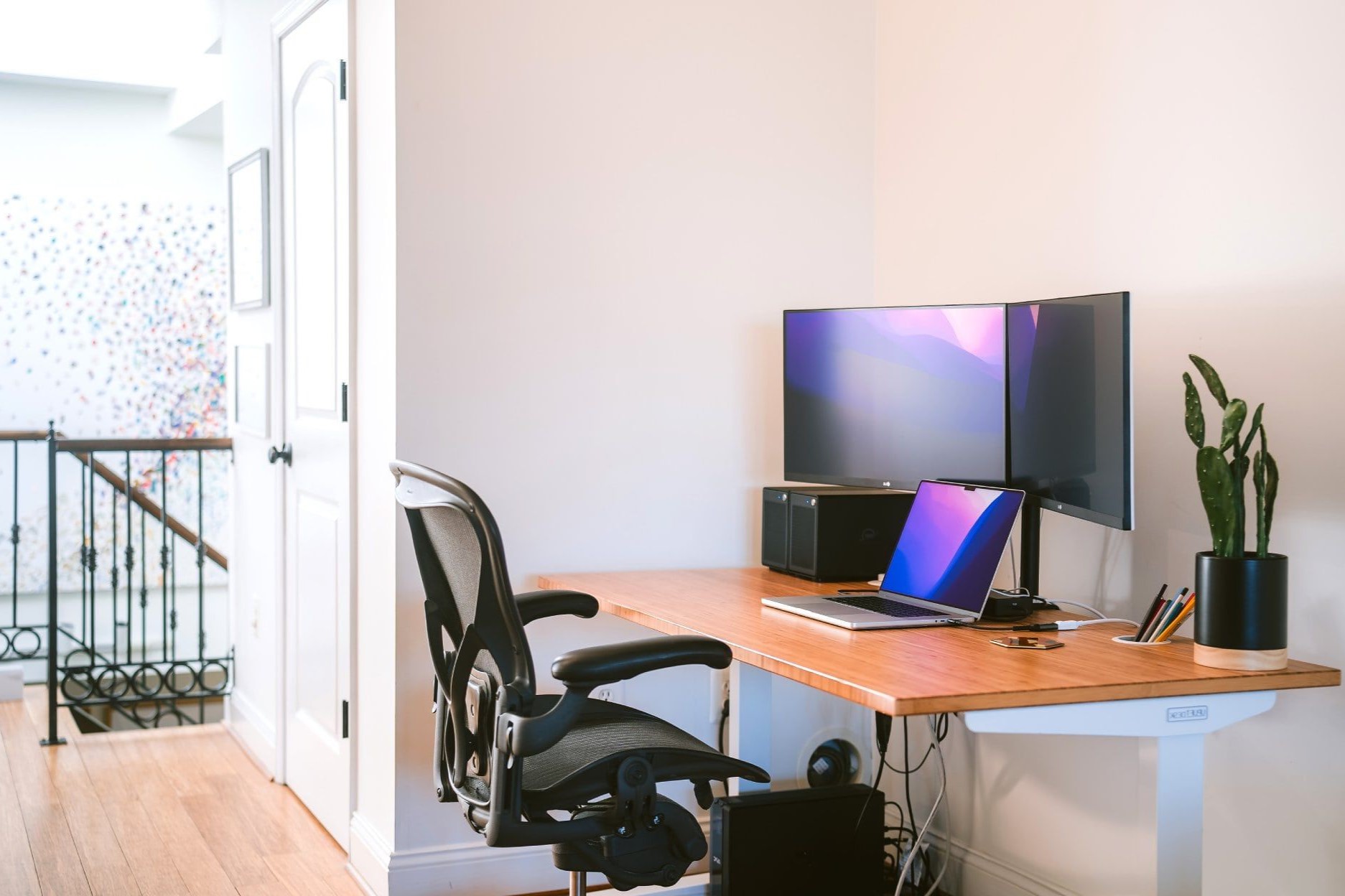
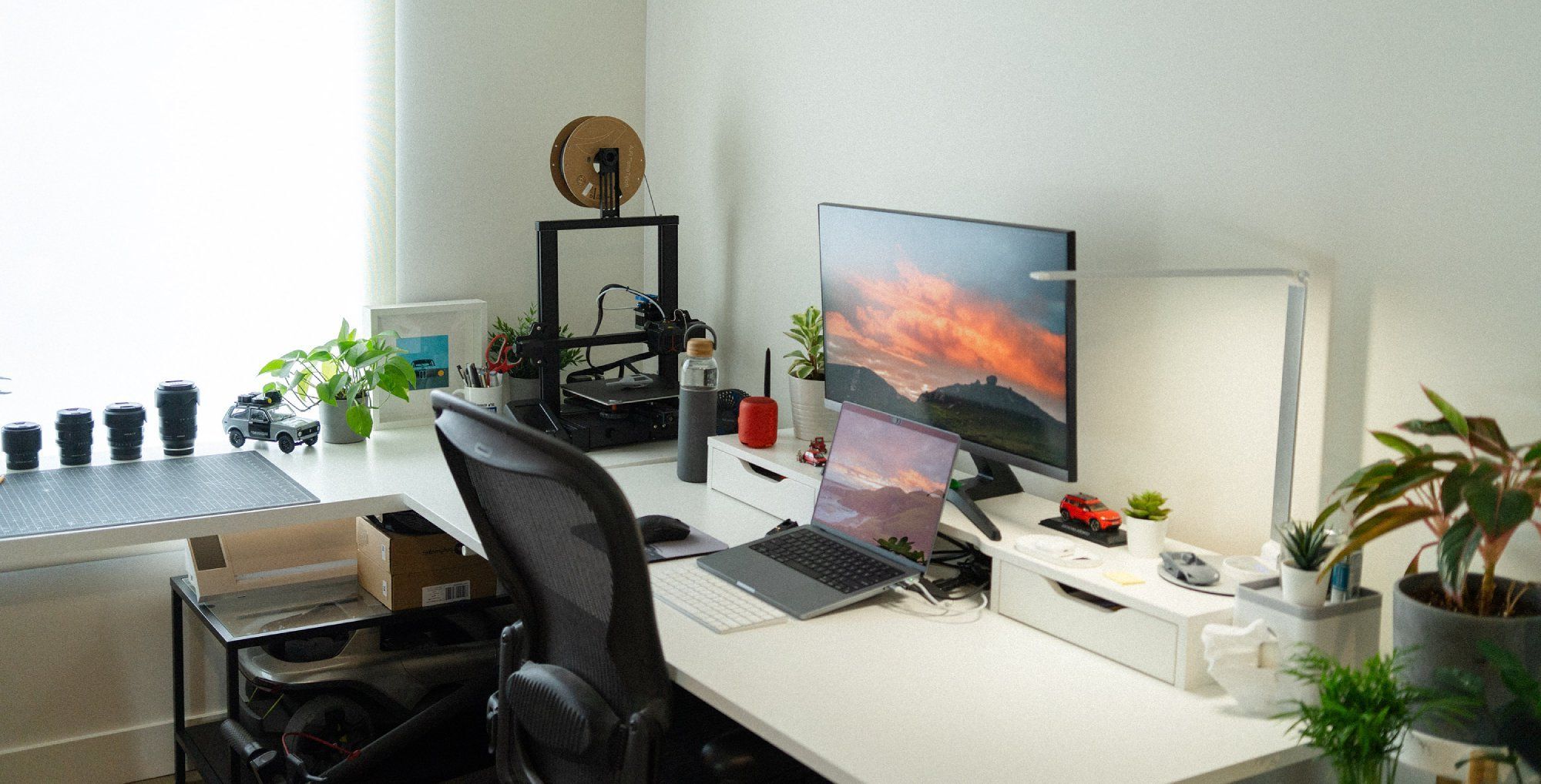
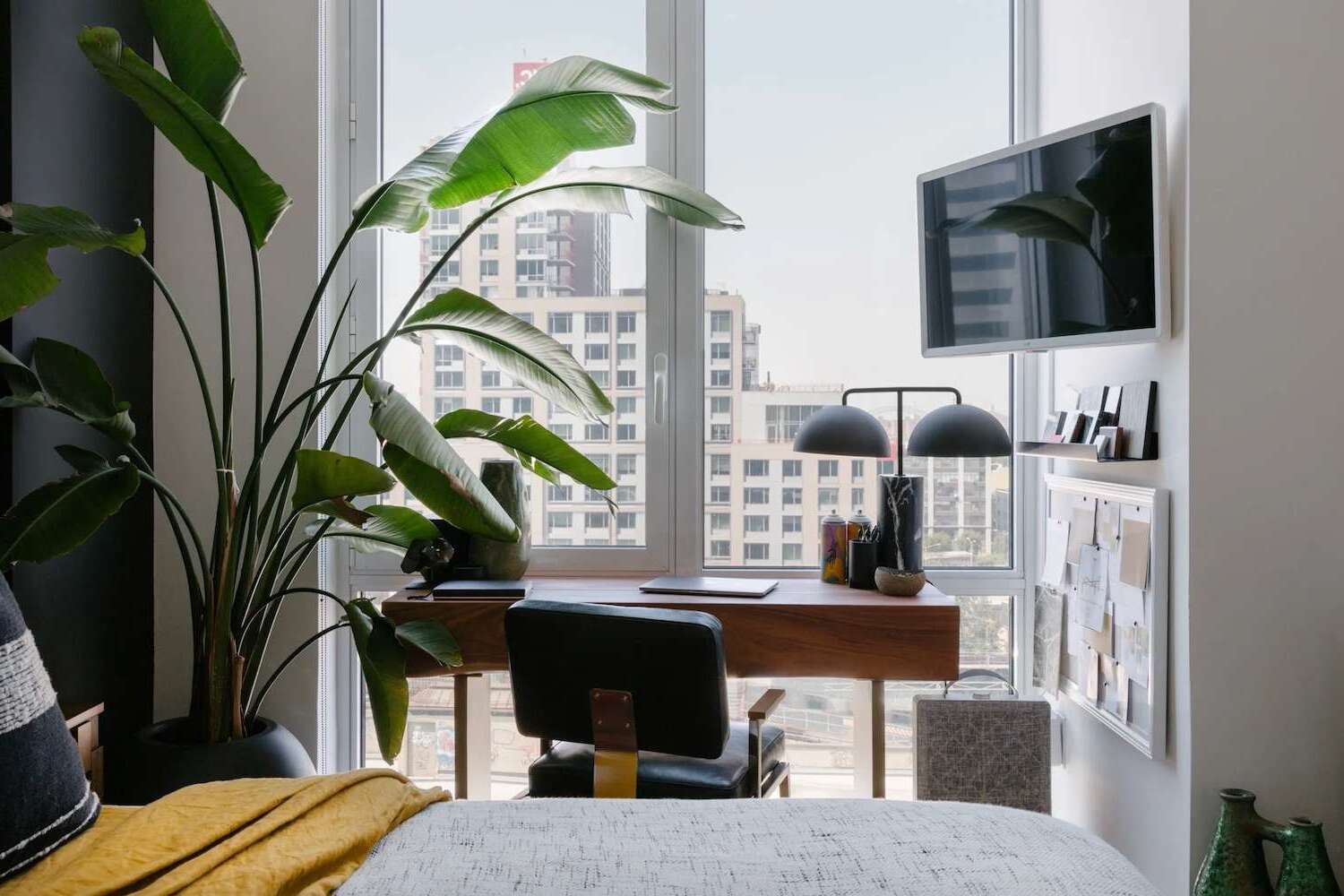
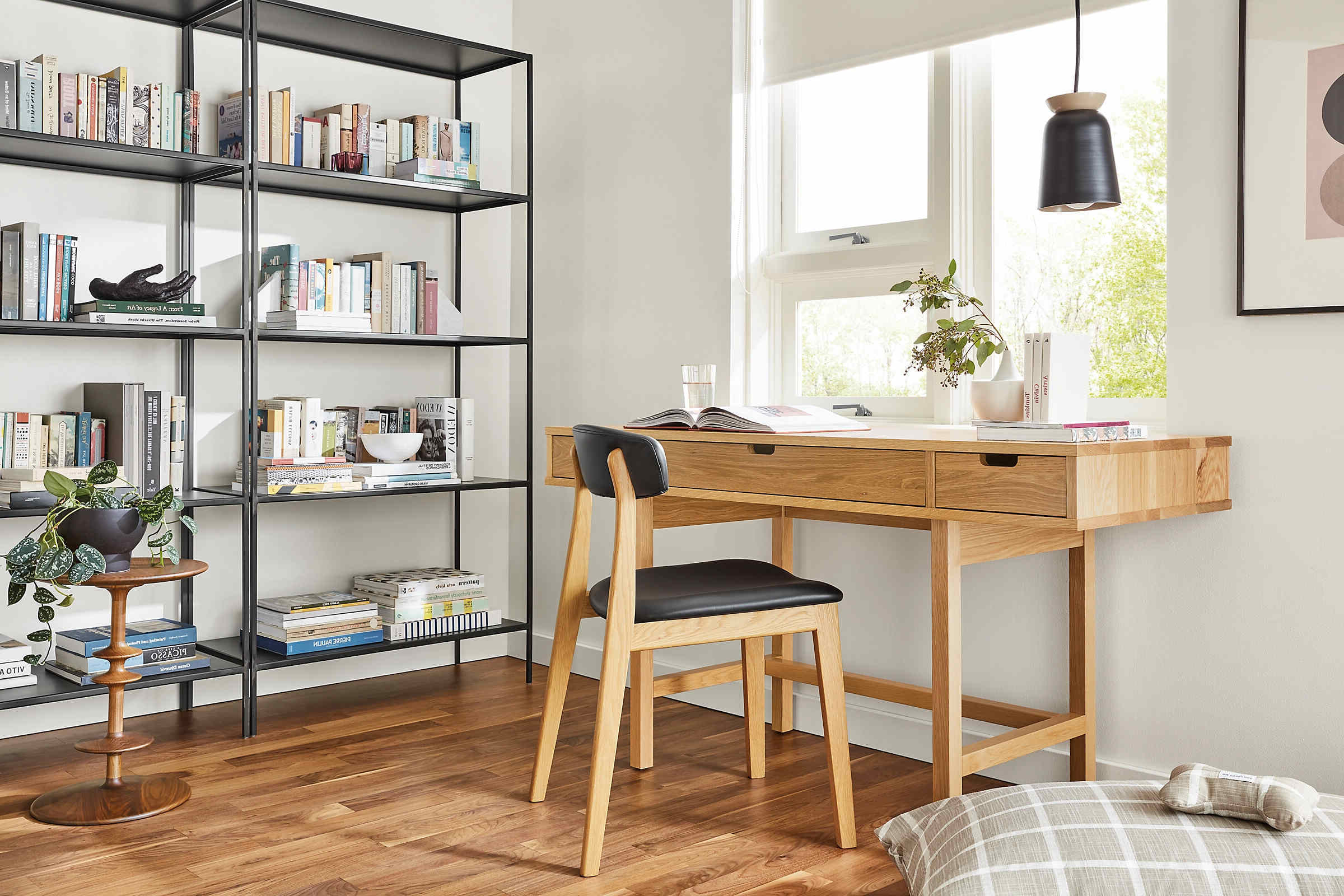
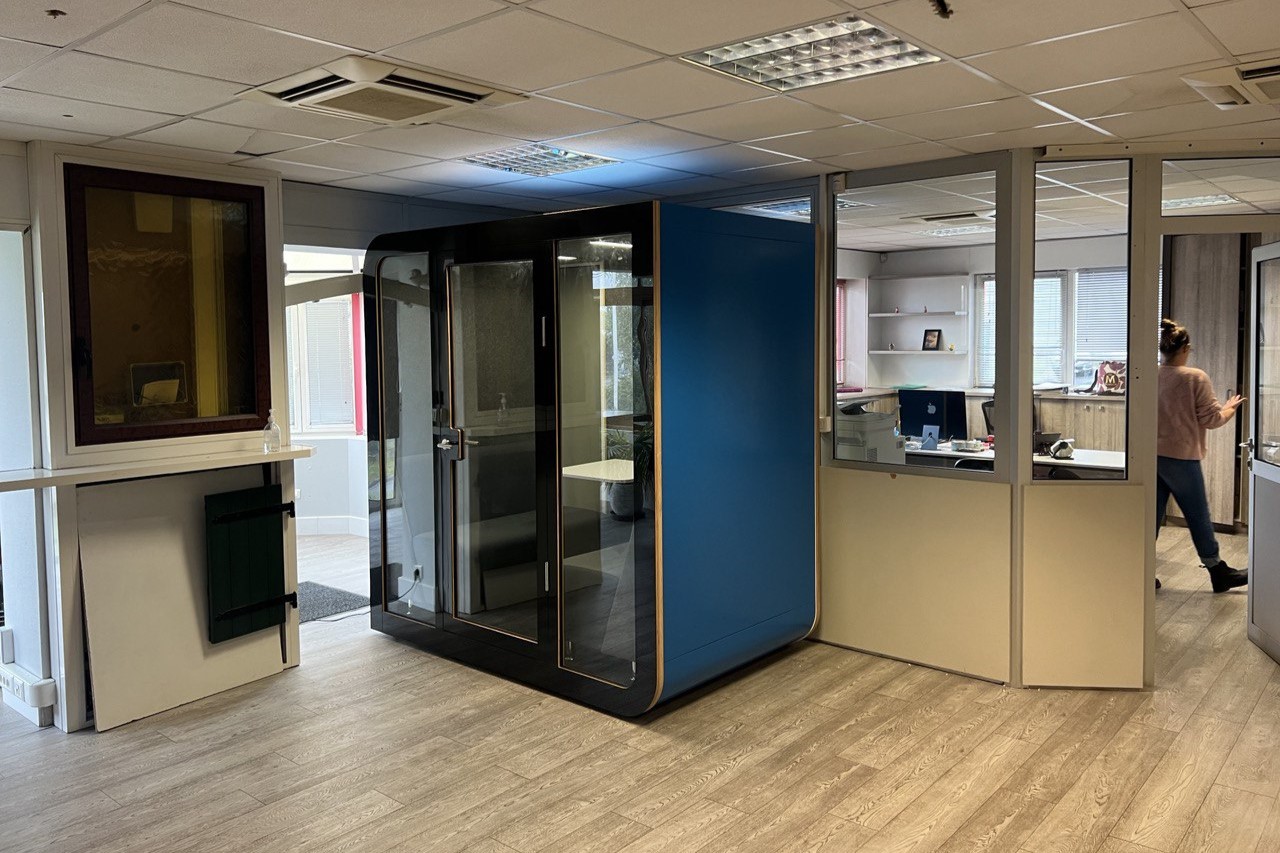
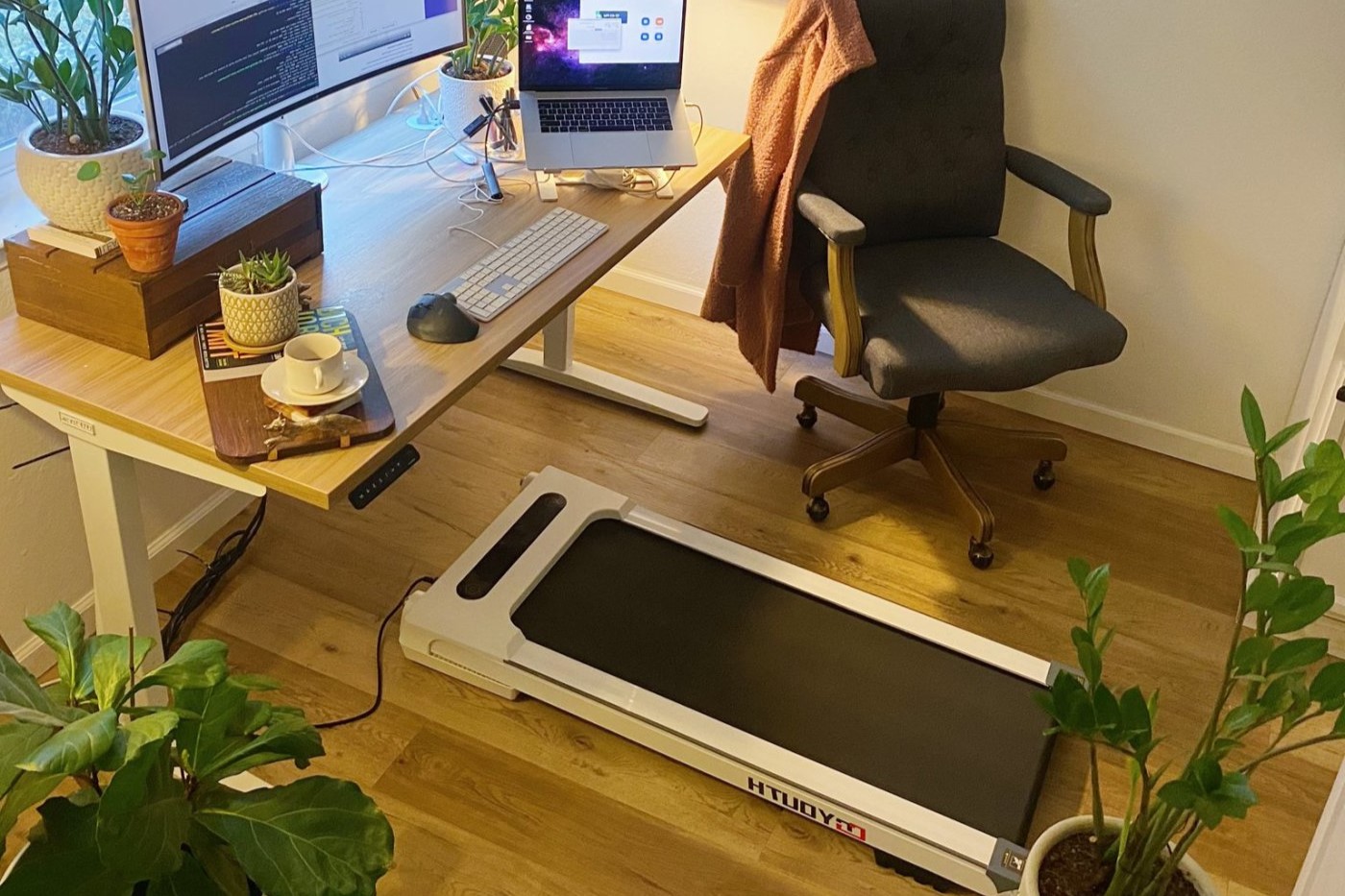
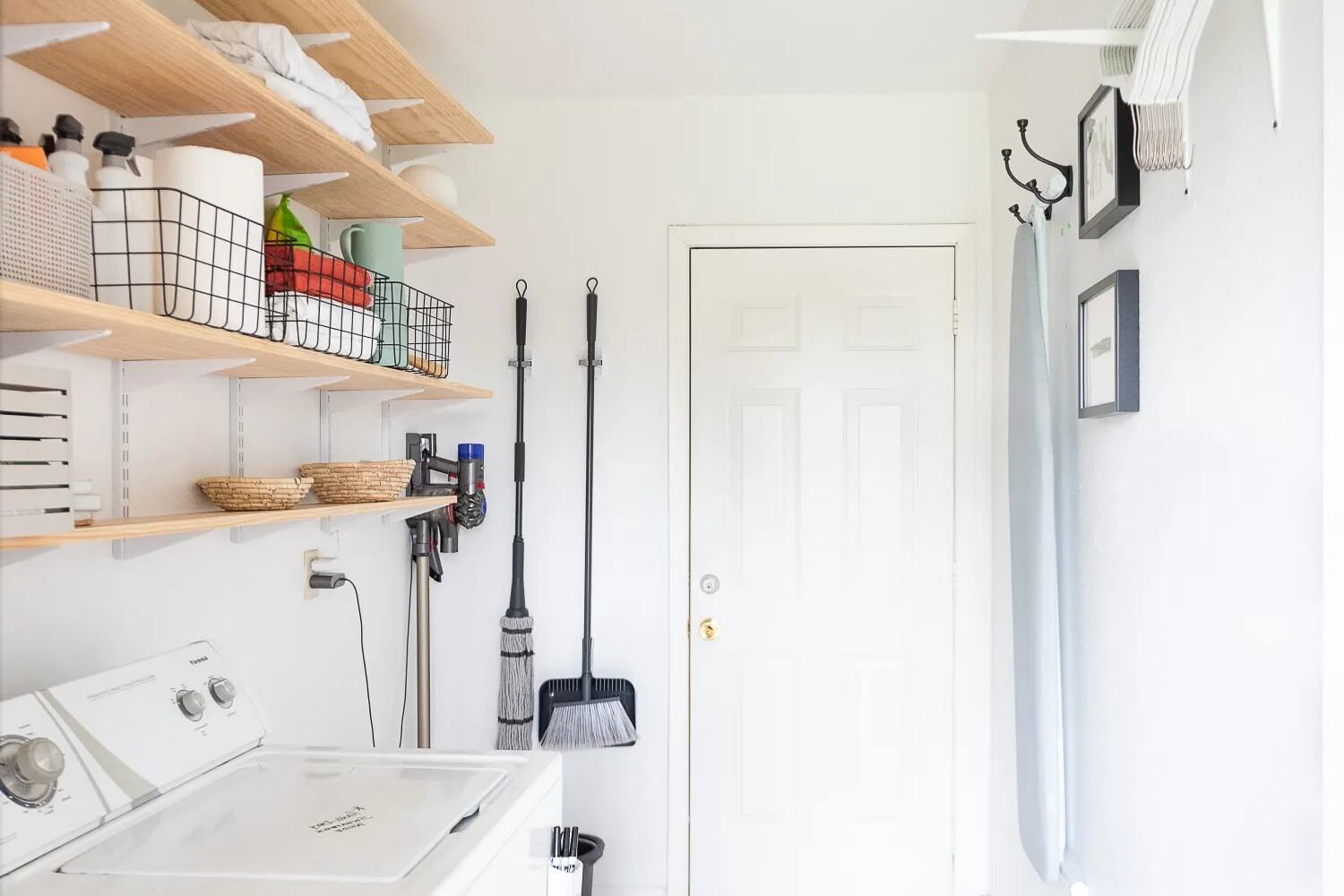
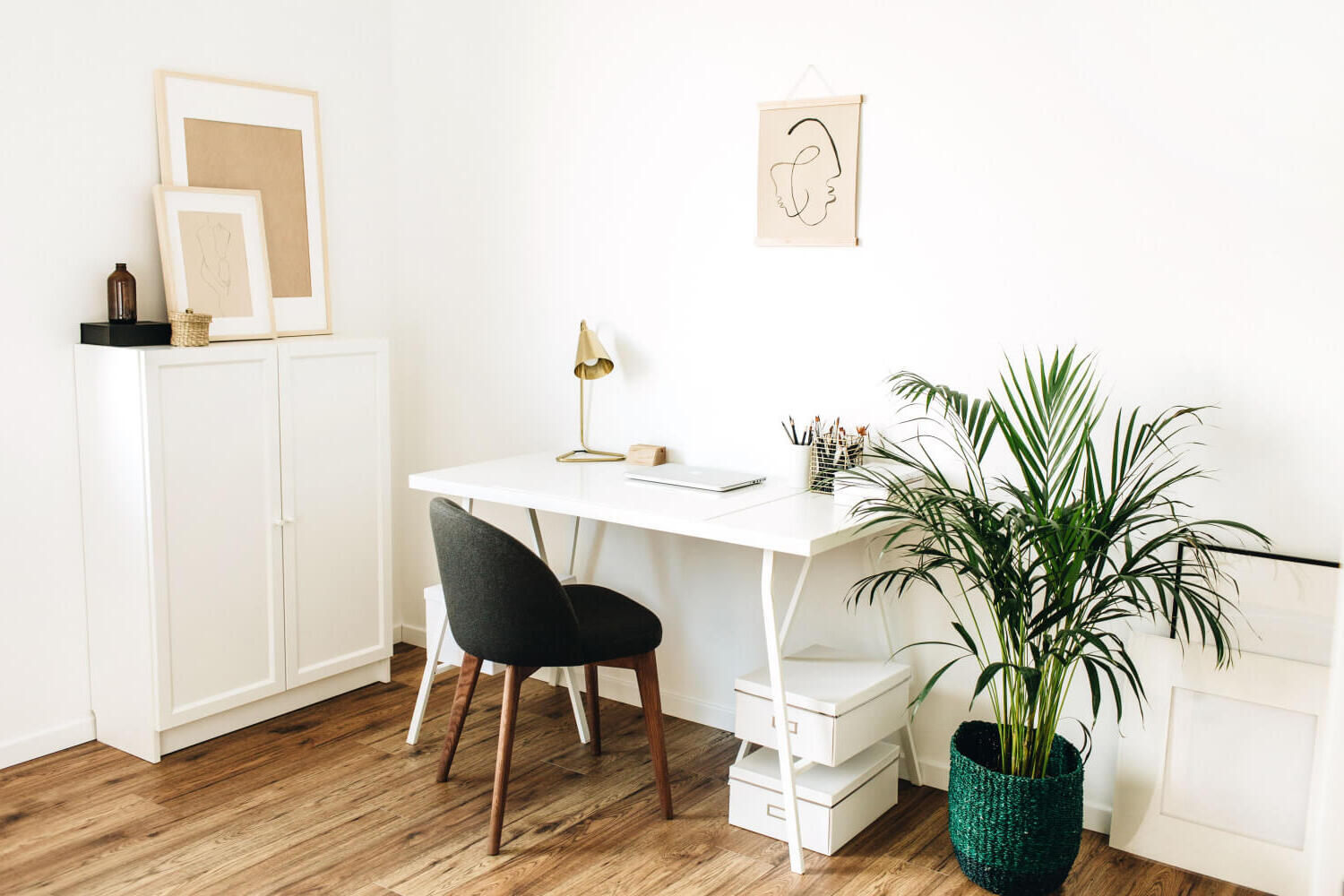

0 thoughts on “Home Office Ideas: 55 Rooms That Are Smart And Practical”